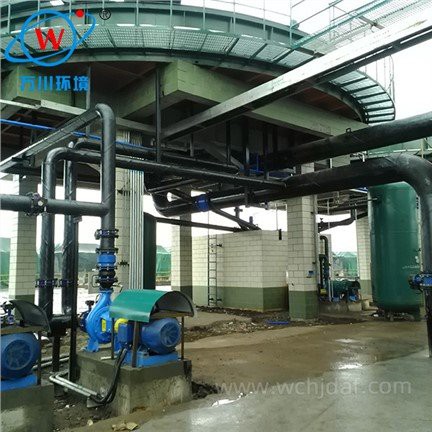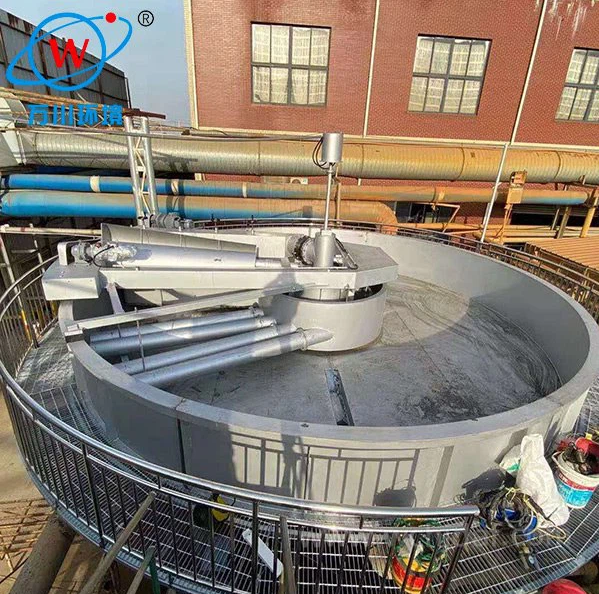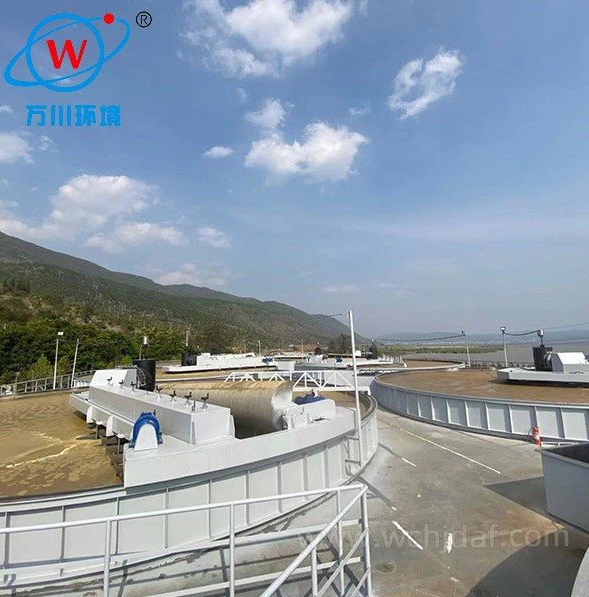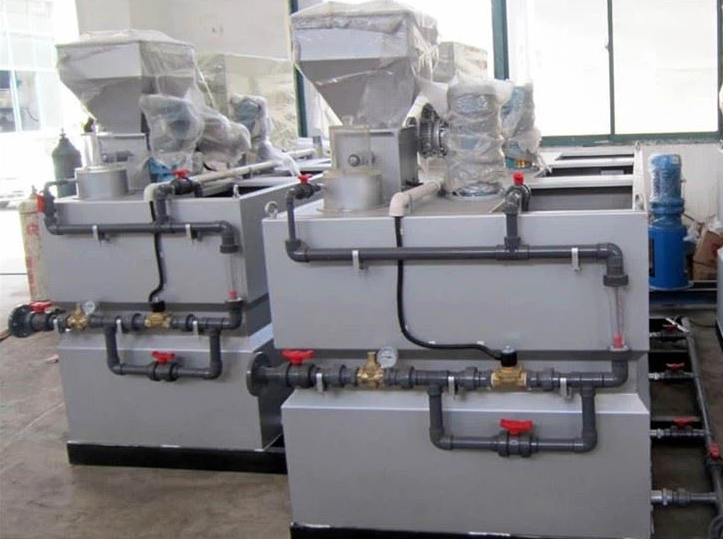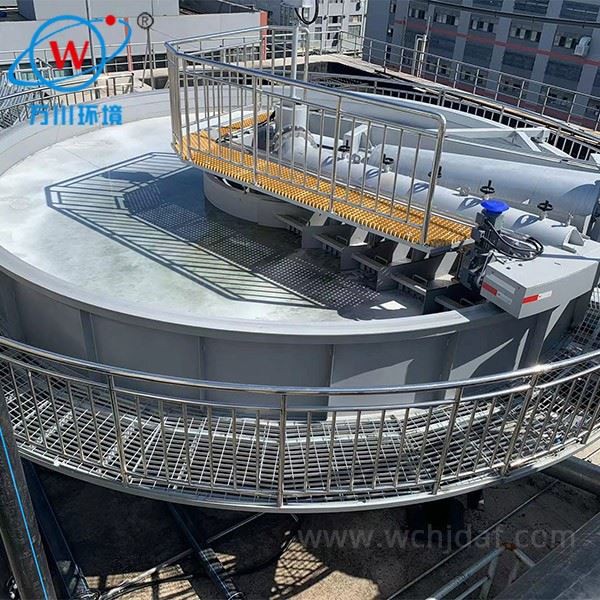Sewage Treatment Air Flotation System Upgrade Guide
Upgrading an existing Sewage Treatment Air Flotation system can enhance its efficiency, reduce operational costs, and improve treatment quality. Here are several key steps to consider:
1. Comprehensive System Assessment
- Analyze current performance data including removal rates of suspended solids, oil, and pollutants
-
Identify bottlenecks such as:
- Insufficient air-injection capacity
- Ineffective coagulation and flocculation processes
- Outdated control systems
2. Air-Injection Efficiency Improvements
- Upgrade air-dissolution equipment with advanced diffusers
- Install higher-pressure air-dissolution pumps for smaller, more uniform bubbles
- Enhance mixing devices in coagulation and flocculation stages
These improvements promote better bubble-particle attachment and form larger, more stable flocs.
3. System Automation
- Incorporate PLCs (Programmable Logic Controllers) and sensors
-
Monitor and adjust in real-time:
- Air flow rates
- Chemical dosage
- Water levels
Automation improves treatment consistency while reducing manual intervention and human error.
4. Tank Structure Modifications
- Add internal baffles to optimize flow patterns
- Ensure adequate retention time for bubble-wastewater contact
- Address any signs of wear or corrosion
5. Advanced Technology Integration
- Combine with membrane filtration for finer particle removal
- Integrate biological treatment processes for enhanced purification
These combinations can meet more stringent discharge standards or enable water reuse applications.
6. Continuous Evaluation
- Regularly assess system performance against changing requirements
- Stay updated with technological advancements
- Implement phased upgrades for continuous improvement
Proactive maintenance and upgrades ensure long-term system effectiveness in sewage treatment.

